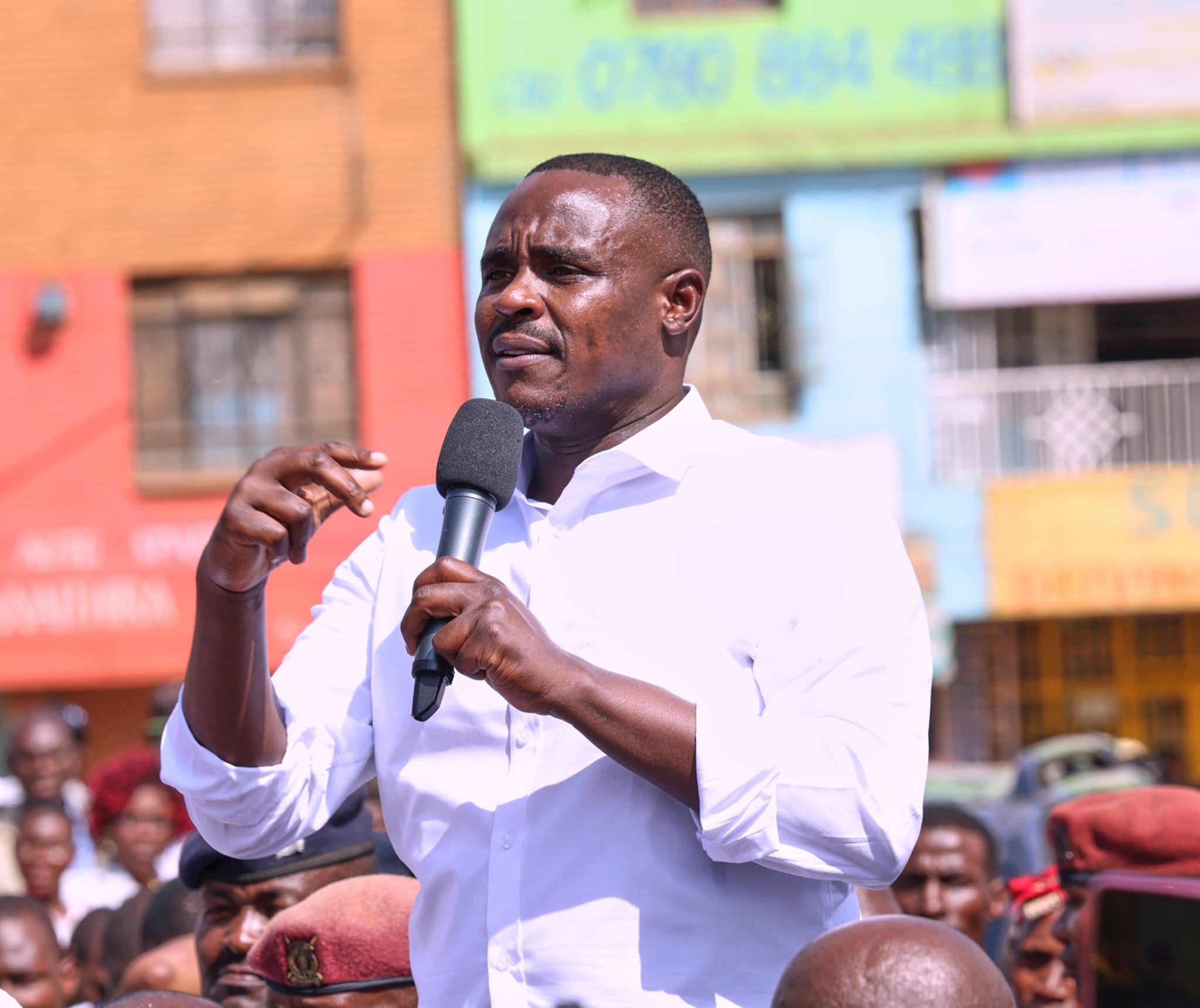Nairobi must fix its waste disposal problems

Raphael Obonyo
As the Nairobi Metropolitan Services (NMS) moves fast in giving residents quick gains by fixing challenges that the city has been experiencing success will ultimately depend on how it manages the issue of solid waste.
The provision of a waste management system should not only be focused on the Central Business District (CBD) and its neighbourhood but should extend to middle-income and low-income areas where the crisis is more monumental.
Nairobi’s waste management problem can be fixed by embracing modern technology, which populated cities world over use.
All it needs is good governance and the implementation of systems that ensure changes outlive just one administration.
Dismantling cartels that have over the years made waste management a thriving business.
It should also implement a financial management plan where private citizens can openly participate in the sector.
This would require a strong waste management policy backed by a legal and institutional framework that would ensure safety in handling the waste and create room for more accountability.
According to the United Nations Human Settlements Programme (UN-Habitat) past reports of the Nairobi City by-laws exhibit many limitations, their enforcement are either lacking or weak, and the organisational capacities are inadequate, and the service structures suffer from chronically underfunding.
And there are hardly any containment systems for waste before transportation and the disposal sites of these towns are unsecured, unmanned and in some cases non-existent.
Nairobi produces about 3,000 tonnes of solid waste each day. The manner in which we handle this waste is associated with health risks.
To overcome solid waste management, there are a wide range of requirements and suggested solutions, which include creation of incentives, private sector engagement, community participation, education and awareness, proper waste collection procedures and disposal sites among others.
For example, promises to remove the Dandora dumpsite to a location far on the edge of the county and away from the people, or turn it into a recycling plant have not materialised.
The dumpsite where about 850 tonnes of waste is deposited each day was declared full in 1996 and has become a health hazard – the dumpsite is encroaching into people’s homes in Dandora and Korogocho area, causing chest and eye problems because of the air pollution.
Recent studies have found that air pollution is linked to childhood cancers and cognitive impairment in both children and adults.
Dandora dumpsite must be decommissioned in an environmentally sound manner and urgently implement the re-use, reduction and recycling of waste in the city.
Recently, Nairobi Metropolitan Services (NMS) and KenGen signed a deal that is expected to see the latter establish a garbage powered electricity plant at the Dandora dumpsite.
This follows a previous failed attempt of Management Energy Generation Project between a German company Strabag and Nairobi County.
There is a need to fast-track the implementation of the Solid Waste Management Master Plan which assessed the waste management problem of Nairobi and developed projects that could be implemented to ensure a sustainable system was in place.
In this regard, youth who have taken up the task of cleaning the environment should be integrated in the waste management programs in the county.
Also, it is important to implement the integrated solid waste management plan that was developed in partnership with the United Nations Environment Programmes. If properly implemented, the initiative could raise the collection rate to 100 percent by 2030. — The writer is a Public Policy Analyst — raphojuma@hotmail.com










